Practicality and Boot Space
Nissan was careful to ensure the design of the Leaf didn’t involve any compromises for owners, so the space inside is as big – or bigger – than similar-sized competitors with conventional engines.
The boot is actually larger than most rivals and will easily swallow large suitcases, although the boot opening is a little high and narrow. The rear seats fold down, and have a 60/40 split to make it possible to carry longer loads and a passenger or two at the same time.
If luggage space is a priority though, steer clear of the Tekna version, as it has an extra bass ‘sub-woofer’ speaker awkwardly screwed to the boot floor which eats into the room available.
Elsewhere in the interior, there is plenty of space for oddments and cups can be slipped into two holders between the front seats. The driver and passengers should find plenty of room too, although six-foot plus adults might find their heads touching the roof lining in the back seats.
Technology
It might not have the same level of technology as a Tesla, but the Nissan Leaf has a surprising number of gadgets to make driving easier and safer.
The most impressive innovations surround self-driving. The top-level Tekna is equipped with ProPILOT, where the car can use sensors to automatically stop, drive off and stay in a lane, even in traffic. This model will also slot itself into a parking space, although the driver does have to stay in the car, unlike some pricier rivals.
If you want to park the Leaf yourself, then the Intelligent Around View Monitor will be a help. It uses four cameras spread around the car to create an image which looks as though it is taken five metres above the car. It makes lining up in a space easy.
Even the cheaper models have an 8-inch touchscreen with Apple CarPlay, AndroidAuto and navigation which is pre-programmed with charging stations. You can also send the car destinations from your phone using a special Nissan app. It also lets you check your battery charge level and even turn on the car’s heating so it’s defrosted while you are still plugged into the mains electricity rather than using battery power.
Safety
Thankfully, the Nissan Leaf has enough safety technology to drastically reduce your chances of having a crash in the first place. It includes sensors which will warn the driver if the car is wandering out of a lane or is about to pull out when there is someone in the blind spot over your shoulder. It will also sound a bleep and eventually slam on the brakes if there is a car stopped in front of you, or a pedestrian runs into your path.
To prevent small bumps in car parks, mid-price models have sensors to warn if something is moving as you are trying to reverse out of a parking space.
Should the worst happen and you do crash, the Leaf is strong enough to look after you and the passengers. It was one of the first cars to be given a top five-star score in new, stricter tests introduced by the independent testing organisation, Euro NCAP.













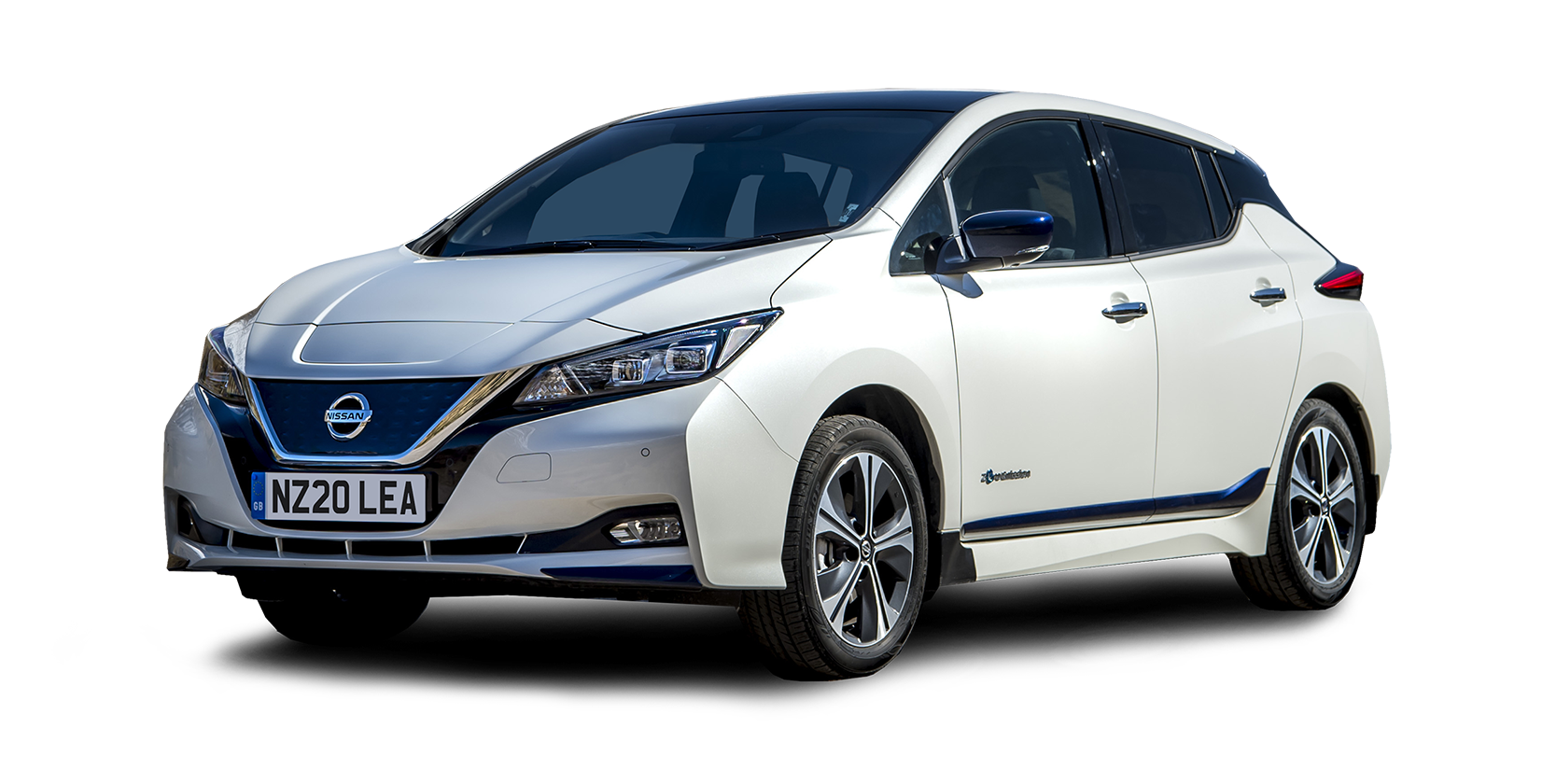
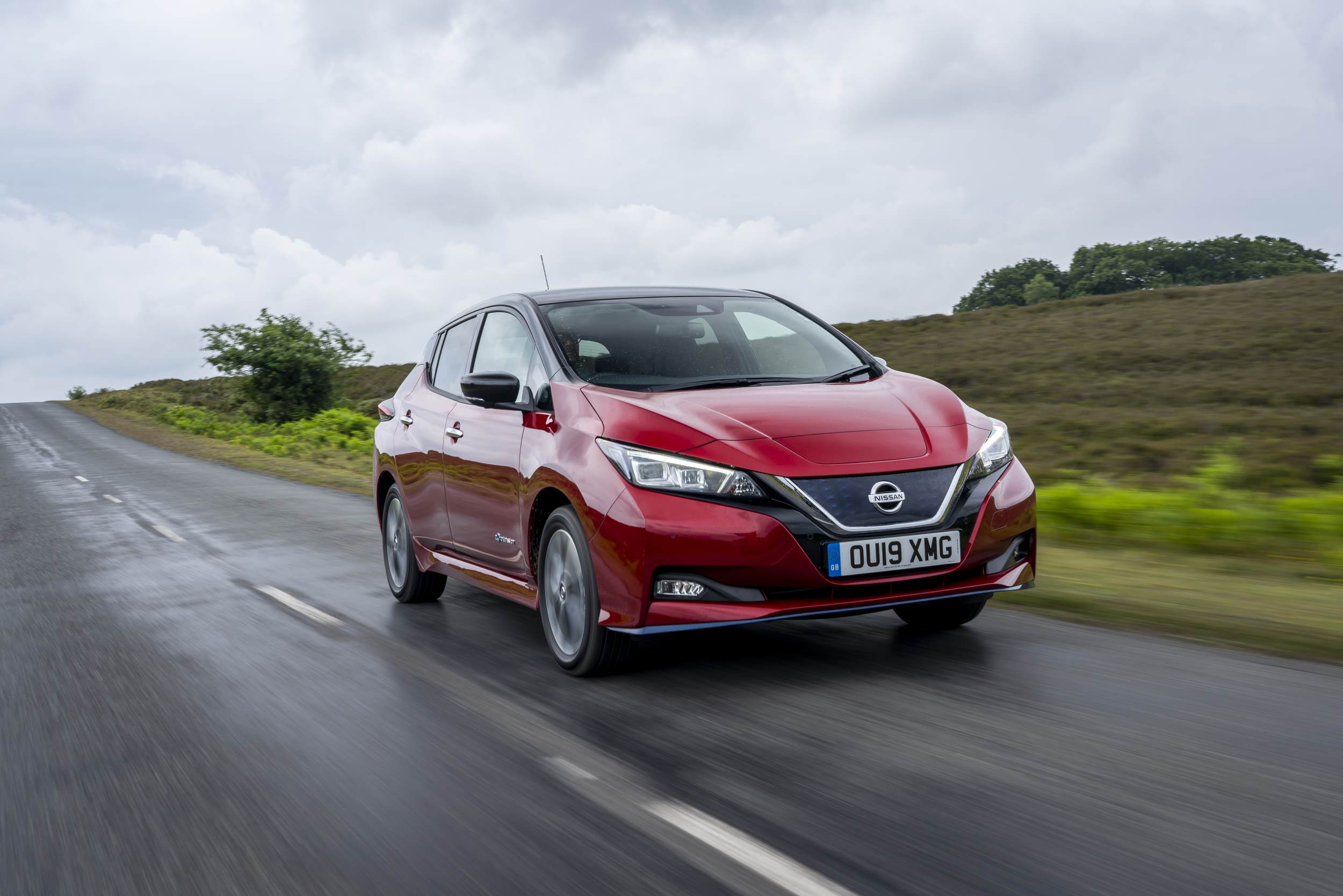.jpg)
.jpg)
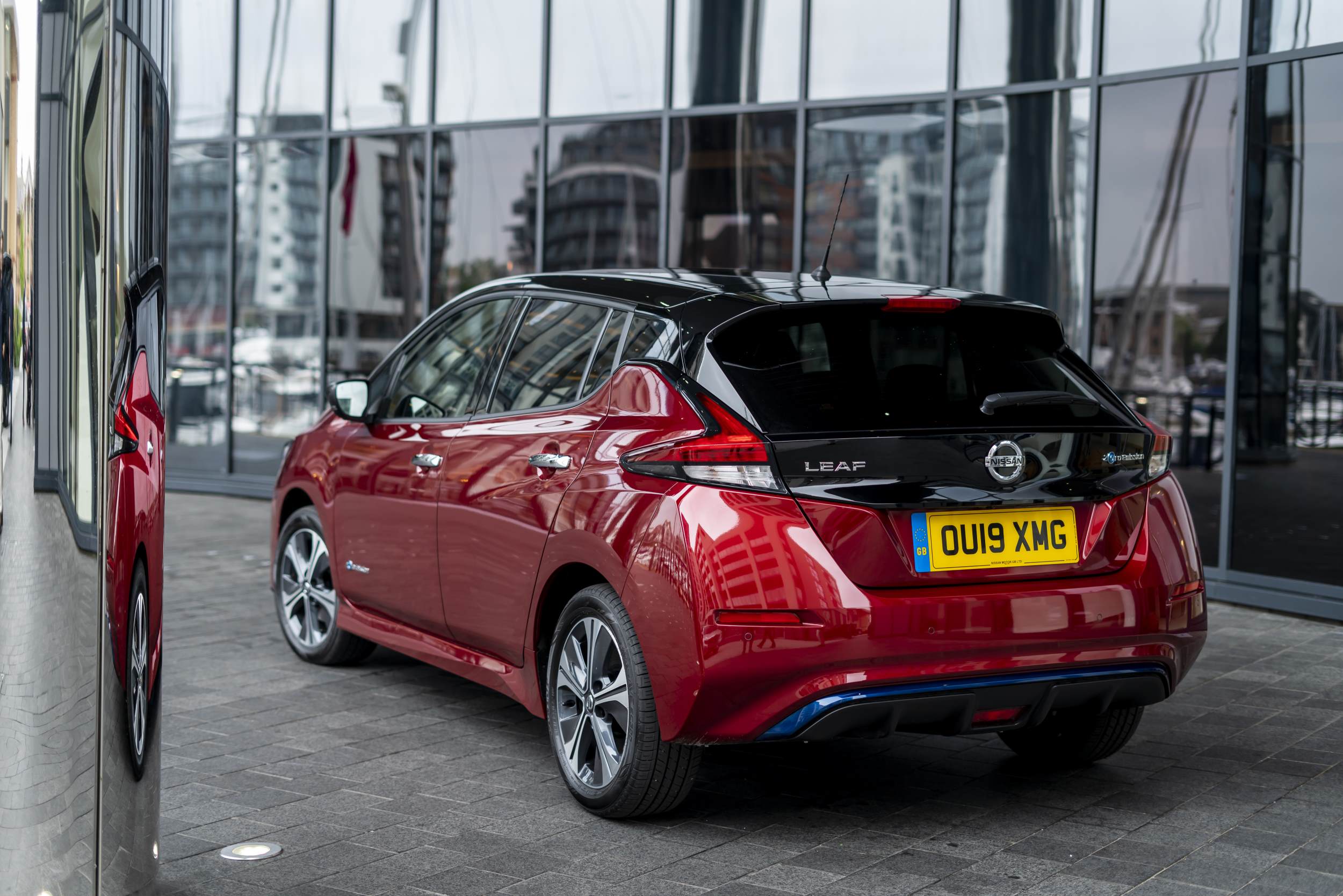.jpg)
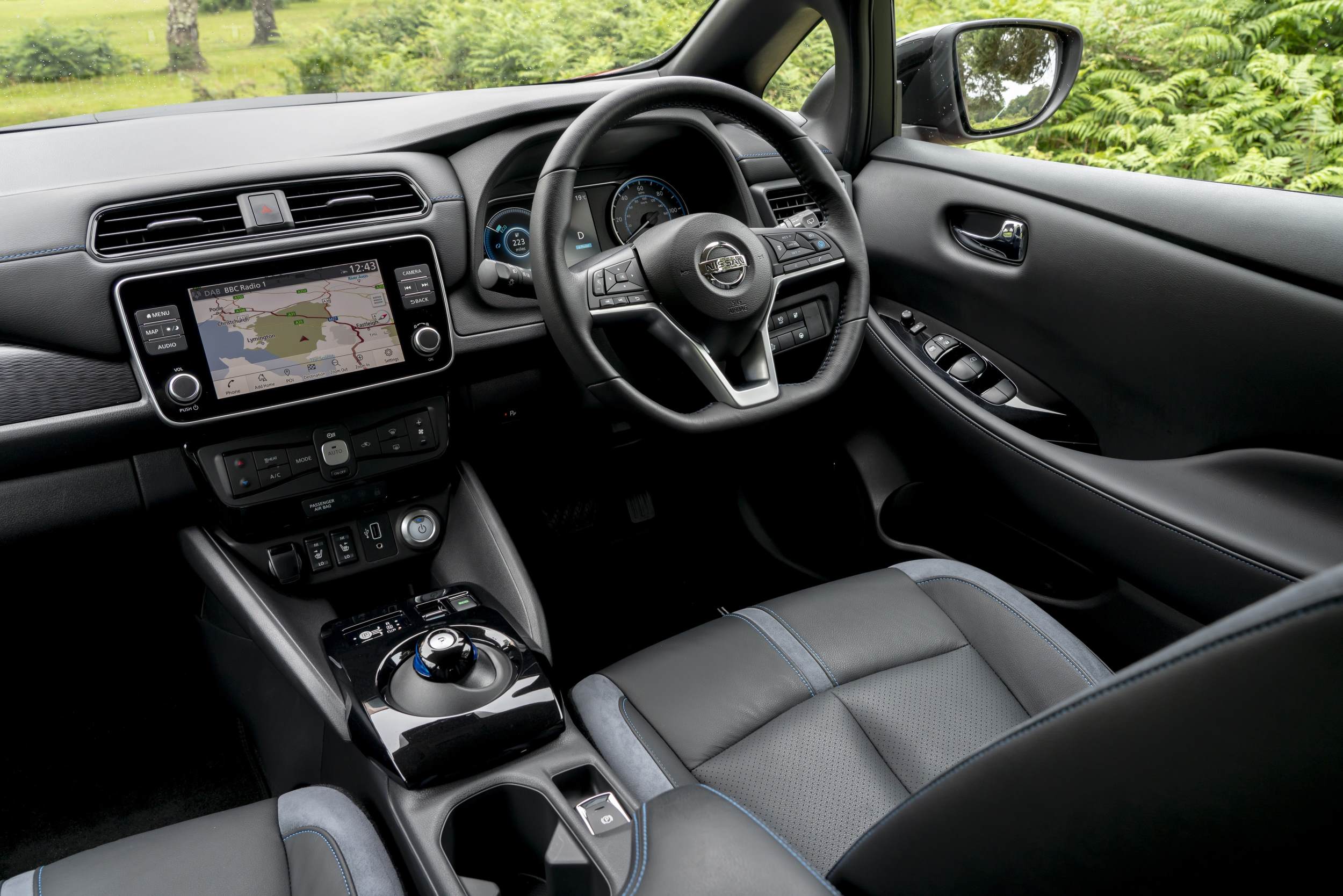.jpg)
.jpg)
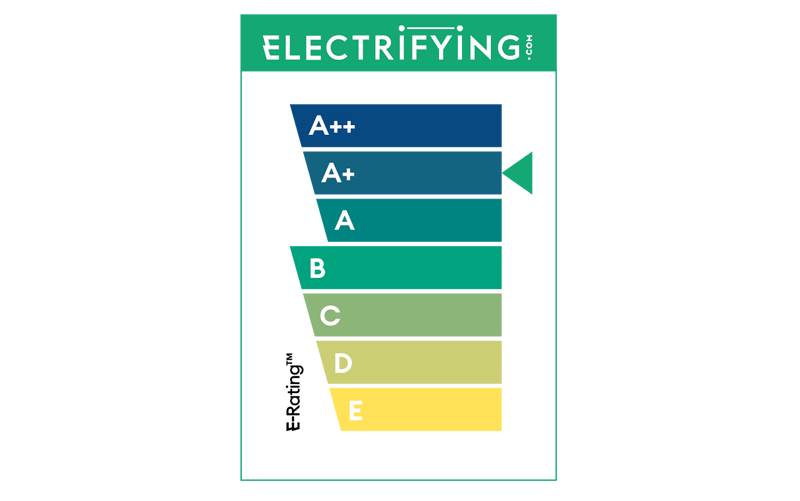


.jpg?width=1500&height=1000)



